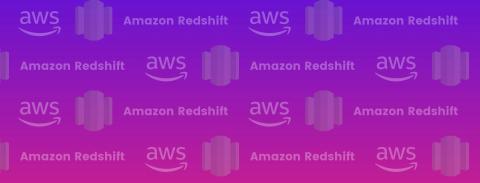Monitoring Amazon ECS with Blue Matador
Amazon ECS allows you to easily run containers in AWS in units called tasks. Groups of identical tasks are called services, and groups of services running on the same infrastructure are called clusters. Since it is critical to the health of your application, properly monitoring ECS is a top priority for most teams. In this blog post, we will go over how Blue Matador monitors ECS tasks automatically and without configuration.











